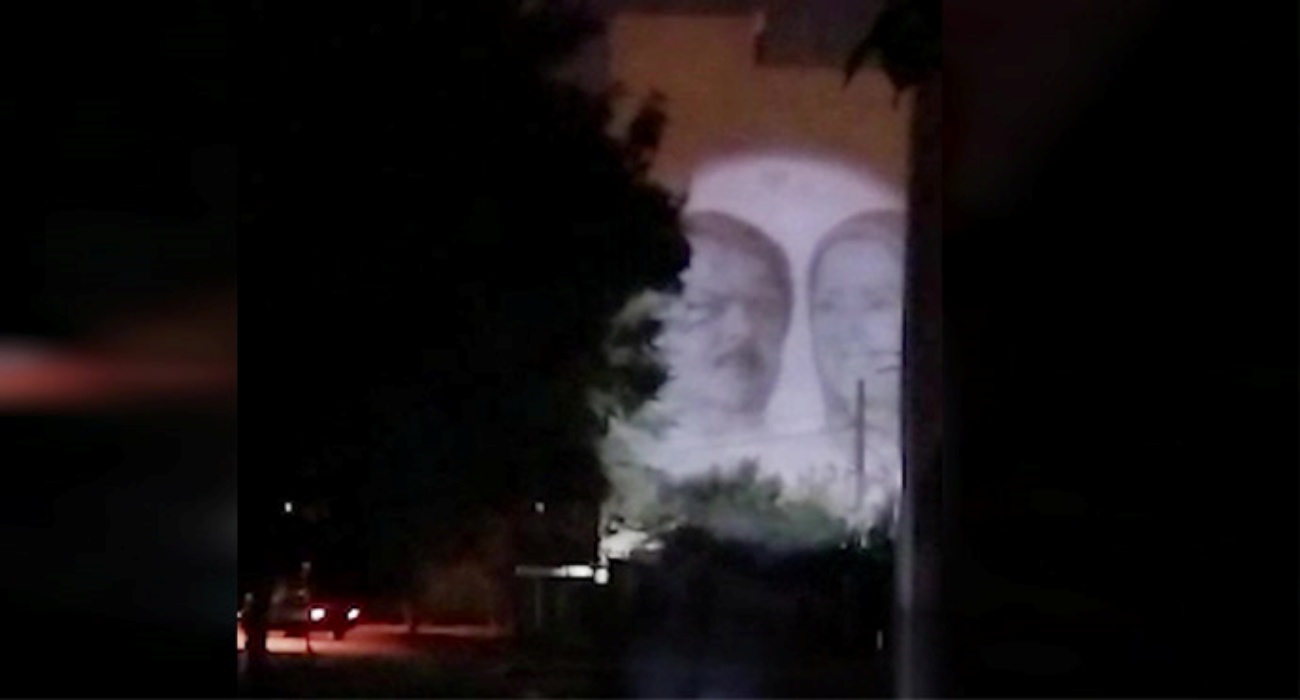International Dignitaries Rally for a New Iran Policy, Support NCRI as Democratic Alternative


By Matin Karim

In Rasht, one of the country’s main northern cities with a large population, anti-regime slogans were aired in public on June 23:
“Death to Khamenei, hail to Rajavi!” respectively referring to regime Supreme Leader Ali Khamenei and Iranian Resistance leader Massoud Rajavi.
“Death to Khamenei-Raisi!” another slogan read, referring to the regime supreme leader and regime President Ebrahim Raisi.
“Khomeini be damned!” referring to the regime’s first supreme leader Ruhollah Khomeini.
The slogans also called Raisi as “the butcher of 1988,” referring to the pivotal role he played in the massacre of more than 30,000 political prisoners in 1988.
In Sabzevar, the resistance units aired excerpts from speeches delivered by Mr. Rajavi and Mrs. Maryam Rajavi, President-elect of the Iranian opposition coalition National Council of Resistance of Iran (NCRI).
In addition to anti-regime slogans, the Resistance Units aired slogans that reflect the Iranian people’s desire to overthrow the mullahs’ rule and not return to the dictatorship of the Shah:
“Neither the Shah nor the turban, the mullahs are running out of time.”
In Bojnurd, the Resistance Units aired anti-regime slogans at a public park on June 10, 2022, including slogans against Khamenei, Raisi, and the mullahs’ rule in its entirety. The Resistance Units called for accountability of the perpetrators of the 1988 massacre and made it clear that Iran’s people don’t want to return to the Shah dictatorship.
On June 12, Resistance Units projected large pictures of Massoud and Maryam Rajavi in Isfahan’s Zayandeh Rud Bus Terminal, one of the crowded parts of the city.
In Tehran, the Resistance Units projected the images of Resistance leaders in Tehran’s Kianshahr district, Azadegan Blvd.
These campaigns coincide with the Resistance Units ramping up their anti-regime activities across the country. In one notable case, the Resistance Units took over thousands of security cameras and servers of Tehran Municipality in May. Regime authorities are still struggling to bring back their systems online and have mostly lost control on their spying and surveillance apparatus.
This article was first published by english.mojahedin
Join us on YouTube:
Comments
Post a Comment